
NPS/Amanda Boyd The trumpeter swan (Cygnus buccinator), named for its resonant call, is North America’s largest wild waterfowl, with a wingspan of up to eight feet. These swans require open water, feed mainly on aquatic plants, and nest in wetlands. Although they once nested from Alaska to northern Missouri, trumpeter swans were nearly extirpated in the lower 48 states by 1930 due to habitat loss and hunting. A small population survived in the Greater Yellowstone Ecosystem of approximately 70 birds. With intensive management, this population provided the basis for widespread swan recovery later in the century. As a result of conservation measures, populations across the continental United States began increasing. As of 2015, there are approximately 63,000 trumpeter swans in North America belonging to three distinct subpopulations: the Pacific, the Rocky Mountain, and the Interior. Swan numbers in the Greater Yellowstone Ecosystem, belonging to the Rocky Mountain subpopulation, grew steadily through the early 1960s, after which cygnet production in Yellowstone and subsequent recruitment of adults into the breeding population began declining. 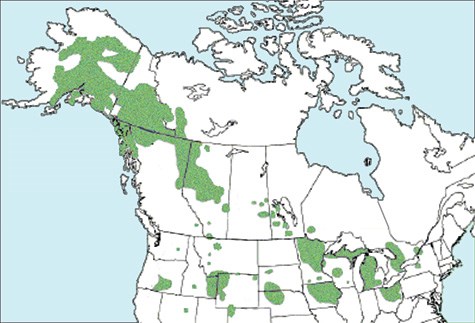
PopulationThe park’s resident trumpeter swan population increased after counts began in 1931 and peaked at 72 in 1961. The number began declining shortly after and dropped further after the Red Rock Lakes National Wildlife Refuge feeding program ended and winter ponds were drained in the early 1990s. Other factors contributing to the decline may include predation, climate change, and human disturbance. In 2023, park biologists observed 29 trumpeter swans in Yellowstone, including 26 adults and 3 cygnets. Five pairs attempted to nest in the parkand four of the five pairs hatched 12 cygnets. However, only one territory was successful in fledging three cygnets. Other apparent pairs were observed throughout the park but no other nesting was detected. Eight young trumpeter swans were released in Yellowstone in 2023 in Hayden Valley on the Yellowstone River, near the confluence with Alum Creek. Staff hope that these released swans will become bonded to their release location and return the following spring. In total, the park has released 64 cygnets over a 11-year period. At least two territories have one or more individuals that were released in previous years. Swans typically take at least four years to reach sexual maturity, so biologists are hopeful more of these young birds may breed in coming years. The release program is part of an ongoing effort to augment Yellowstone’s swan populations and increase the number of breeding pairs that nest inside the park. Nearly all Rocky Mountain trumpeter swans—including several thousand that migrate from Canada—winter in ice-free waters in the Greater Yellowstone Ecosystem, but only a portion of them remain here to breed. The best available scientific evidence suggests that Yellowstone provides marginal conditions for nesting and acts as a sink for swans dispersing from more productive areas. This effect has been compounded in recent decades by reduced wetland areas (due to long-term drought or warmer temperatures) and community dynamics (e.g., changes in bald eagle diets due to the limited availability of cutthroat trout in Yellowstone Lake). Trumpeter swan presence in the park is currently limited to a small local population of residents and wintering migrants from outside the park. Concern about the Greater Yellowstone Ecosystem population has resulted in cooperative efforts between state and federal agencies to monitor swan distribution and productivity. Across the region, federal agencies currently survey swans in September to estimate the resident swan population and annual number of young cygnets produced. OutlookTrumpeter swans are particularly sensitive to human disturbance. Because of this, park managers restrict human activity in known swan territories and nesting areas. With a low count of four adult birds in 2009 to 26 adults and five breeding pairs in 2023, these restrictions on human activity during nesting and the release of cygnets into this local population are now beginning to show a positive response. The total number of birds observed in Yellowstone today mirrors numbers that have not been seen since the mid-1990's. Further, efforts to protect and increase the resident swans in the park along with a better understanding of habitat quality will help to determine the future of this iconic Yellowstone species. ResourcesMitchell, C.D., and M.W. Eichholz. Trumpeter swan. The Birds of North America Online. http://bna.birds.cornell. edu/bna/ Proffitt, K.M. 2008. Yellowstone National Park trumpeter swan conservation assessment. Rocky Mountains Cooperative Ecosystem Studies Unit. Proffitt, K.M., T.P. McEneaney, P.J. White, and R.A. Garrott. 2009. Trumpeter swan abundance and growth rates in Yellowstone National Park. Journal of Wildlife Management 73:728–736. Proffitt, K.M., T.P. McEneaney, P.J. White, and R.A. Garrott. 2010. Productivity and fledging success of trumpeter swans in Yellowstone National Park, 1987–2007. Waterbirds 33:341–348. Smith, D.W. and N. Chambers. 2011. The future of trum- peter swans in Yellowstone National Park: Final report summarizing expert workshop, April 26–27, 2011. National Park Service, Yellowstone Center for Resources, Yellowstone National Park, Wyoming. Squires, J.R. and S.H. Anderson. 1995. Trumpeter swan (Cygnus buccinator) food habits in the Greater Yellowstone Ecosystem. American Midland Naturalist 133(2):274–282. Squires, J.R. and S.H. Anderson. 1997. Changes in trum- peter swan (Cygnus buccinator) activities from winter to spring in the greater Yellowstone area. American Midland Naturalist 138(1):208–214. White, P.J., K.M. Proffitt, T.P. McEneaney, R.A. Garrott, and D.W. Smith. 2011. Yellowstone’s trumpeter swans in peril? Drastic decrease in resident swans over the past 40 years. Yellowstone Science 19:12–16. 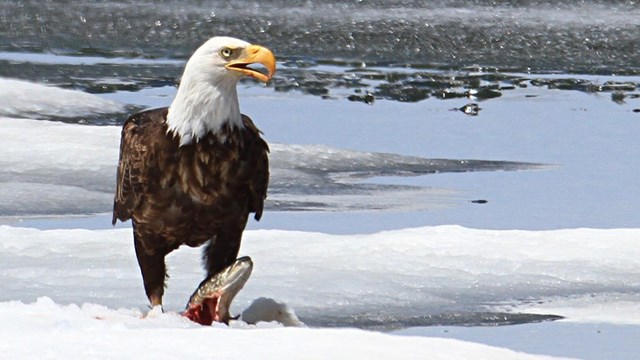
Bald Eagle
Bald eagles can be seen along Yellowstone's many rivers and lakes. 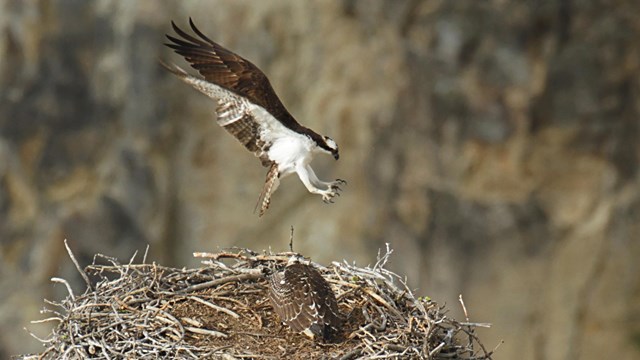
Osprey
Osprey summer in Yellowstone, fishing and raising young. 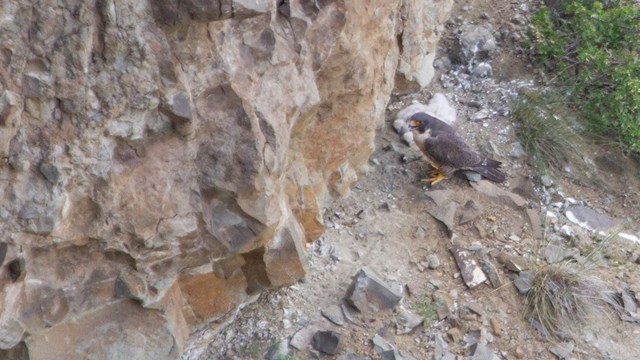
Peregrine Falcon
Peregrine falcons are some of the fastest birds. 
Colony Nesting Birds
American white pelicans and other colonial nesting birds nest primarily on the Molly Islands in the southeast arm of Yellowstone Lake. 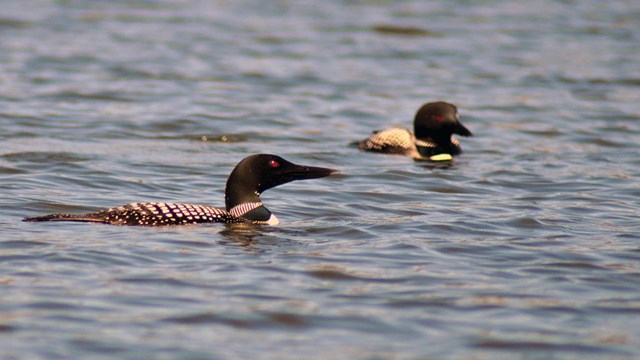
Common Loon
Loons in Yellowstone are some of the southern most breeding populations. 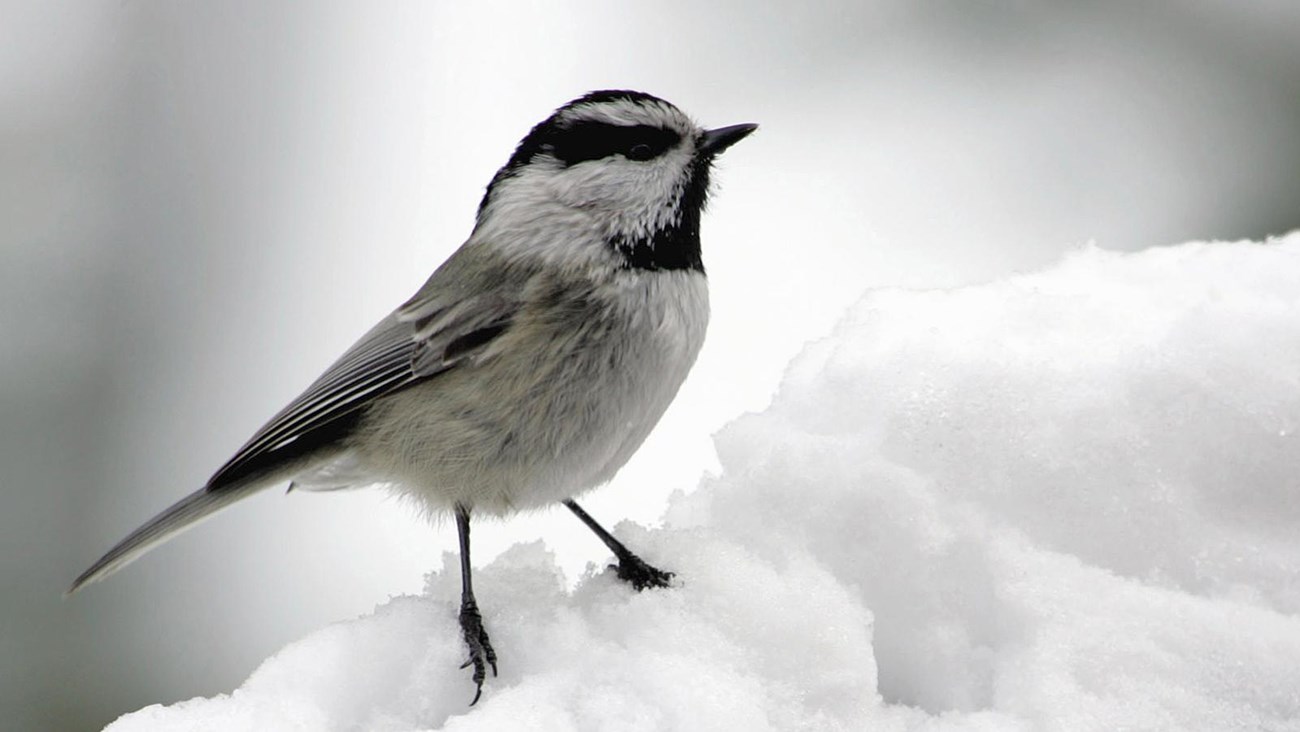
Songbirds and Woodpeckers
Passerine and near passerine species comprise the majority of bird species in Yellowstone. 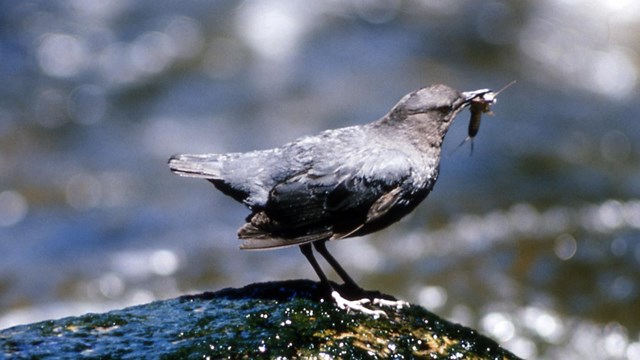
American Dipper
Also known as the water ouzel, these birds dive into water for aquatic insects. 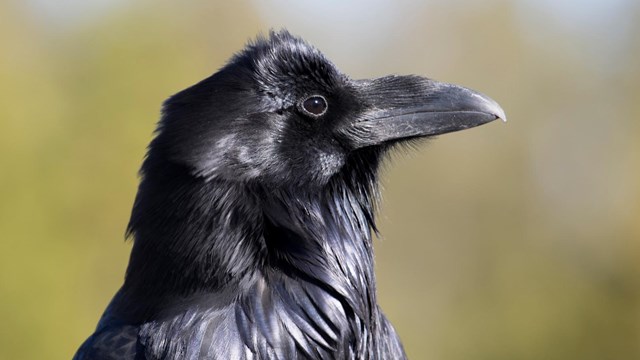
Raven
Ravens are smart birds, able to put together cause and effect. 
Sandhill Crane
Sandhill cranes nest in Yellowstone during the summer. 
Sound Library
Immerse yourself in the aural splendor of Yellowstone. 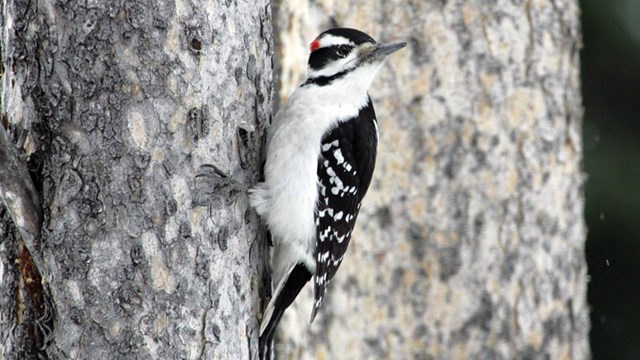
Birds
Spring is a wonderful time to look for birds, as migration brings many birds back to the park. |
Last updated: April 18, 2025
